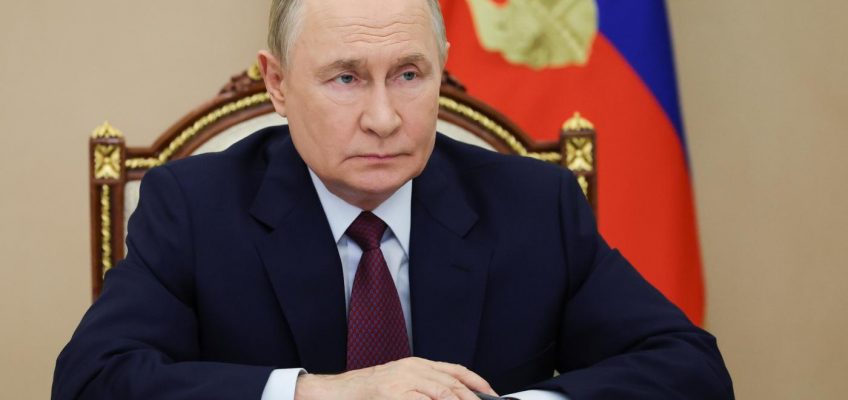The sheer volume of headlines tells its own tale. Russian drones over Poland and Romania. Russian fighter jets in Estonian airspace. Russian aircraft buzzing a German naval frigate in the Baltic Sea. Unidentified drones over Copenhagen and Oslo airports. Most recently, in the early hours one day last week, further drones appearing at other Danish airports.
In just over a fortnight, European states have reported a striking spate of incursions into their airspace. Russia has repeatedly denied responsibility, and questions remain over individual events: so far, Denmark has said only that a “professional actor” was at work in the airport incidents and that it can’t rule out Russia. But overall, there is a pattern that fits clearly into Moscow’s longer record of provocations and often implausible deniability – and which amounts to a notable escalation.
Such operations may distract from Russia’s slow progress on the battlefield in Ukraine. More obviously, they look like a test of both military responses and political will. On the first count, there is work to be done, judging from the reaction to the 19 drones in Polish airspace. On the second, Russia is testing whether Europe will hold its nerve in supporting Ukraine – and perhaps others in the future – when faced with nuisance or worse. Drones come cheap, yet forced Denmark to suspend flights from its largest airport for four hours, and Poland to spend millions scrambling jets.
Most obviously, these incursions are also testing U.S. intentions. Donald Trump suggested last week that Ukraine could win back its lost territory and that NATO countries should shoot down Russian aircraft entering their airspace. Yet that looks less like a reorientation of U.S. policy than, in the words of one NATO official, “his hot take of the hour.” It is surely no coincidence that these events followed the red-carpet welcome that Mr Trump awarded Vladimir Putin in Alaska. An emboldened Russia is confident that the U.S. intends to further disengage from European security, rather than to bolster support.
NATO members met last week at Estonia’s request, but there are marked differences between their positions as well as shared alarm. Though shooting down a Russian plane would not be unprecedented – Turkey did it in 2015 – there is a division between those who believe it would deter Moscow and those who fear it would escalate the dangers.
These incursions should not treated as a narrowly military affair, but seen within Russia’s multi-domain strategy. The broader picture of security risks covers civilian infrastructure, too, and may involve non-state agents either enlisted or enabled by Moscow. Incidents may be less attention-grabbing yet potentially more significant.
The past year has seen repeated damage to undersea communications cables in the Baltic Sea, with suspicion of Moscow’s involvement. Norway’s spy chief said recently that Russian hackers had taken control of a dam this spring, releasing water for four hours before their interference was noticed. Ken McCallum, head of MI5, warned last October that Russia’s military intelligence agency, the GRU, was “on a sustained mission to generate mayhem on British and European streets: we’ve seen arson, sabotage and more”. He stressed that businesses, as well as the state, must address their vulnerabilities. The difficulties of establishing a unified response to the last fortnight’s events are a reminder that a comprehensive and coherent response to these broader issues will be essential, and even more challenging.
— The Guardian
Related Articles
Commentary: Congresswomen unite, not for show, but in consequential bipartisanship, for immigration reform
Other voices: Google’s admission shows jawboning cuts both ways
Ken Peterson: Regarding Trump’s attempt to take control of states’ voting systems
Federal agency website notifications, social media posts blame shutdown on ‘radical left’ Democrats
Fundraising groups step up to help reopen national park sites and welcome visitors


Leave a Reply